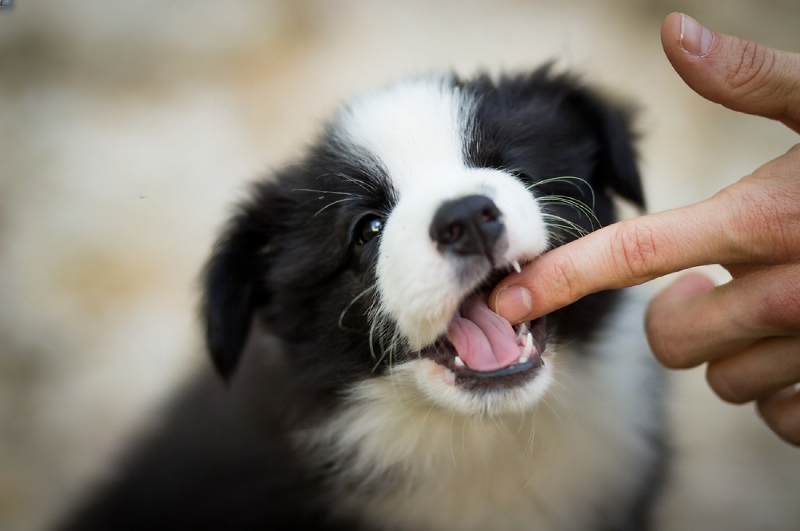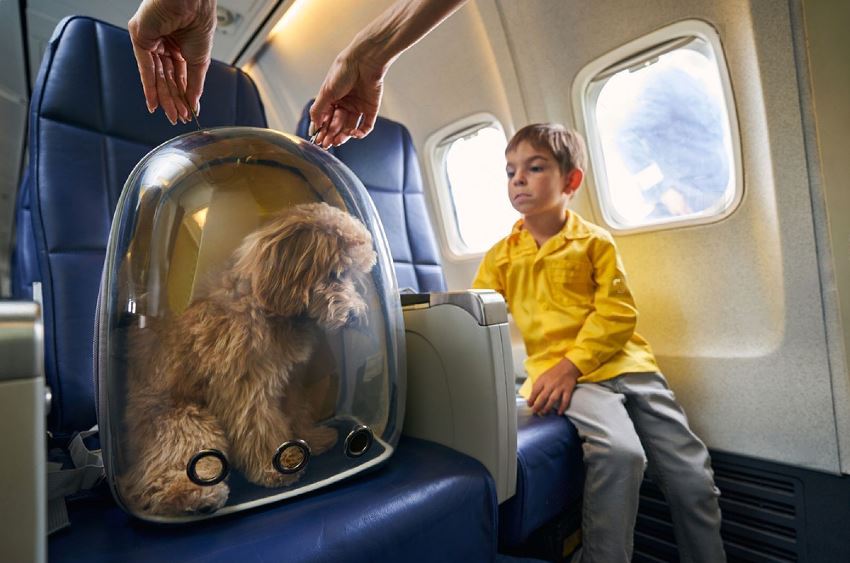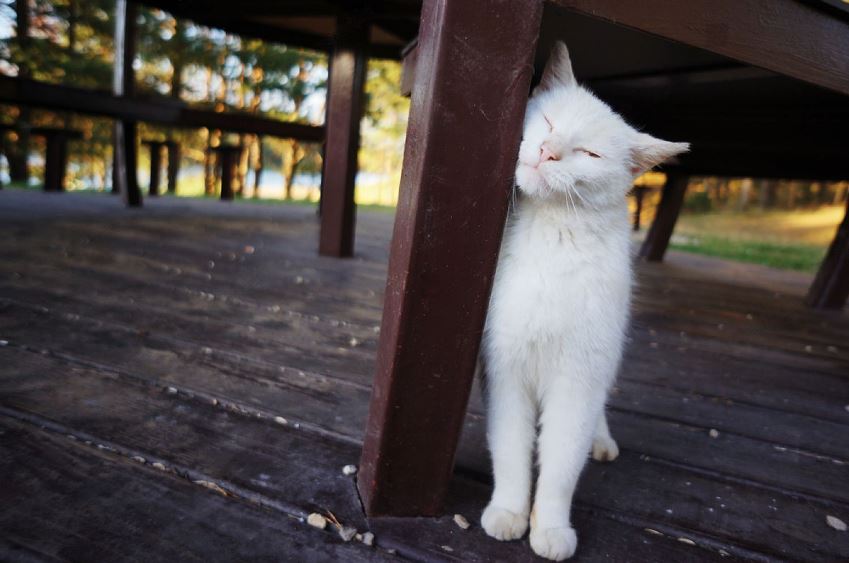The Ultimate Guide to Rottweiler Rescue PA [Pennsylvania]
Rottweiler Rescue The Rottweiler, with its sleek black coat and impressive stature, is a dog breed that commands attention. But beneath that powerful exterior lies a heart brimming with loyalty, intelligence, and affection. Sadly, not all Rottweilers find themselves in loving homes. This is where Rottweiler rescue organizations step in, becoming heroes for these gentle … Read more

![The Ultimate Guide to Rottweiler Rescue PA [Pennsylvania] 1 Rottweiler Rescue PA](https://petsmartgo.com/wp-content/uploads/2022/12/Rottweiler-Rescue-PA.jpeg)








